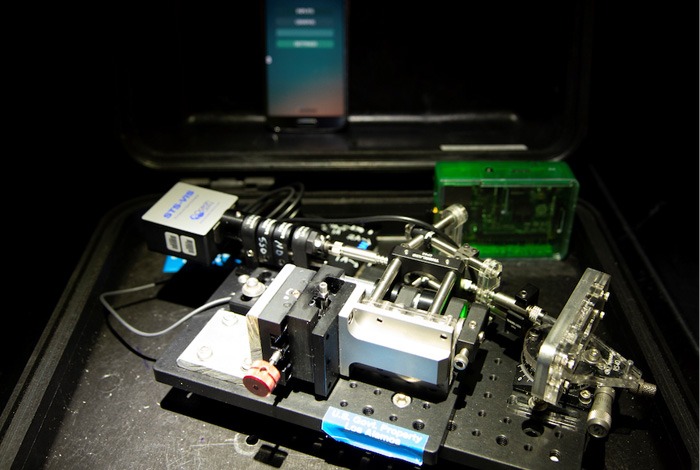
Los Alamos National Laboratory (LANL) researchers are espousing the benefits of a device capable of detecting biothreats from samples such as blood, water, CSF, food, and animal samples.
The Portable EnGineered Analytic Sensor with aUtomated Sampling (PEGASUS) is a miniaturized waveguide-based optical sensor with technology based on a benchtop waveguide-based optical biosensor developed at Los Alamos.
“The ability to detect pathogens, biological threats or toxins, quickly and accurately, without prior knowledge of the agent, would lead to improved human and environmental health outcomes,” Harshini Mukundan, lead researcher, said. “This is an important step toward understanding what an emergency responder is dealing with and providing them with quick results.”
The LANL indicated the sensing system detects analytes on a planar optical waveguide surface in a very small. To produce the sensing field, a laser is coupled at a critical angle of incidence into the planar waveguide – and total internal reflection of light occurs between the layers of the waveguide, due to their different refractive indices.
“Detection occurs in two major steps,” Kiersten Lenz, a researcher on the project, said. “First, the sample is processed in a microfluidic device, which requires only a small sample volume. Next, the processed sample is loaded onto the miniaturized sensor, where detection occurs. The microfluidic device and sensor can be packaged up into a rugged briefcase that can be brought anywhere in the world, allowing for greater access to this sensing tool.”




